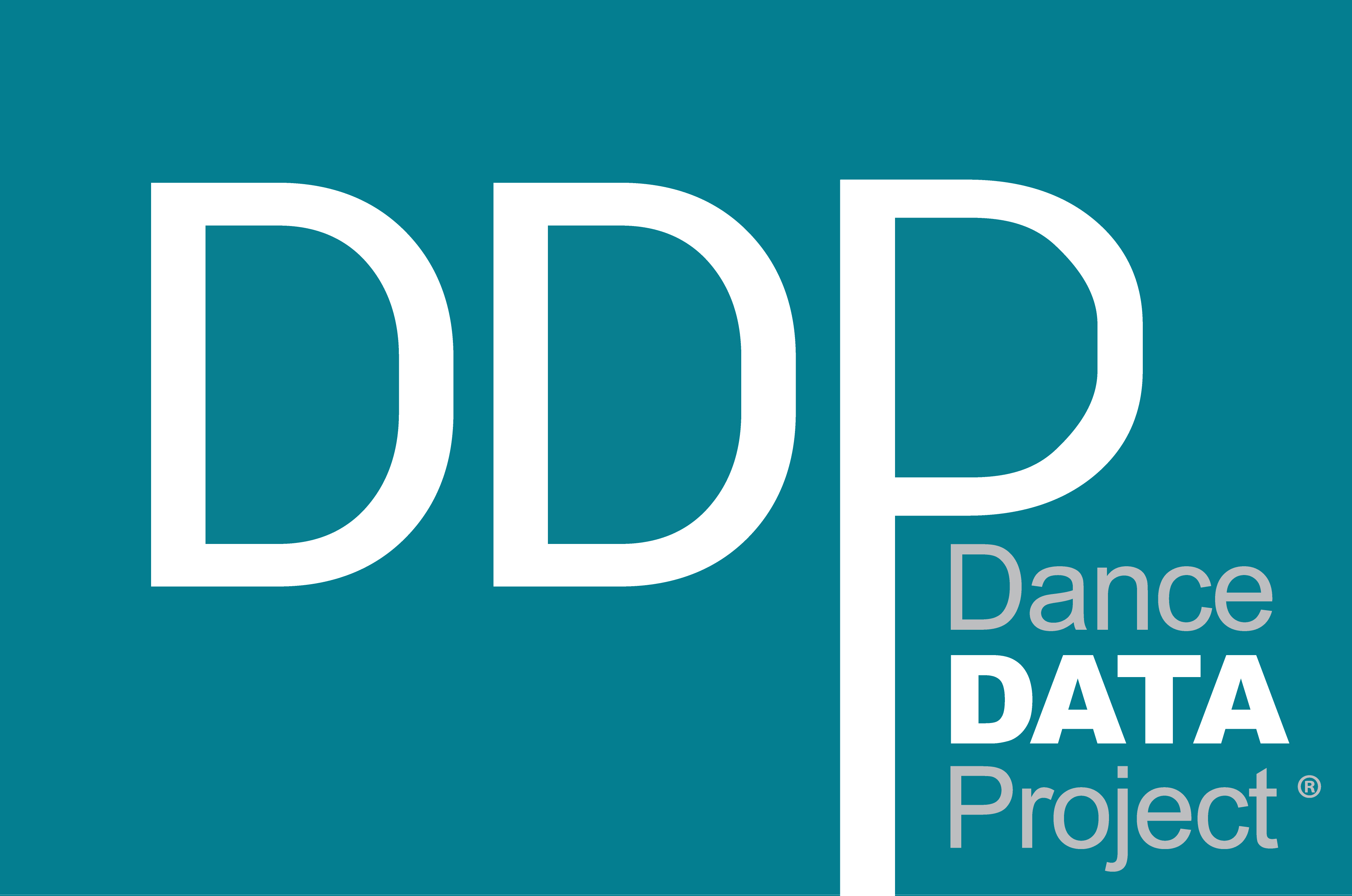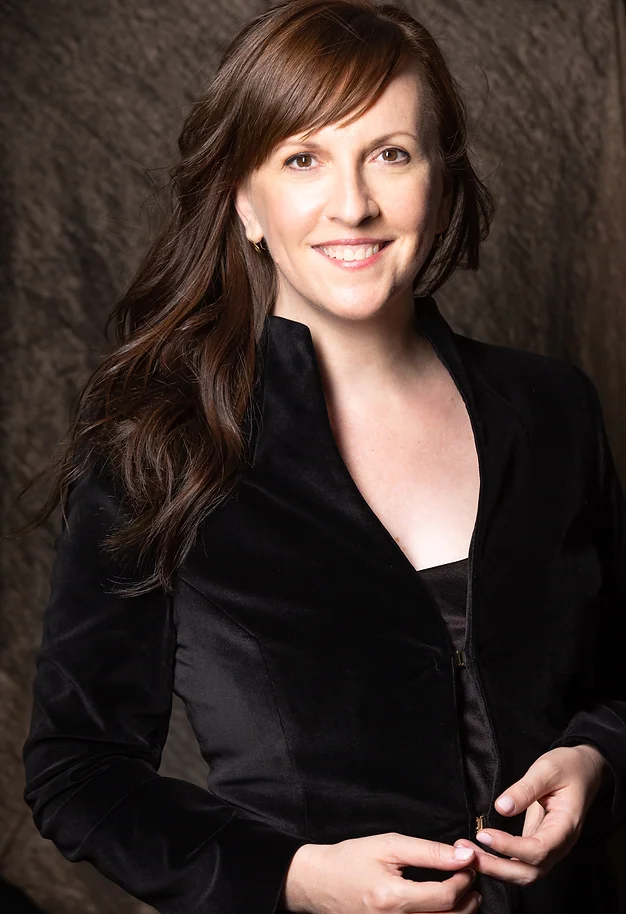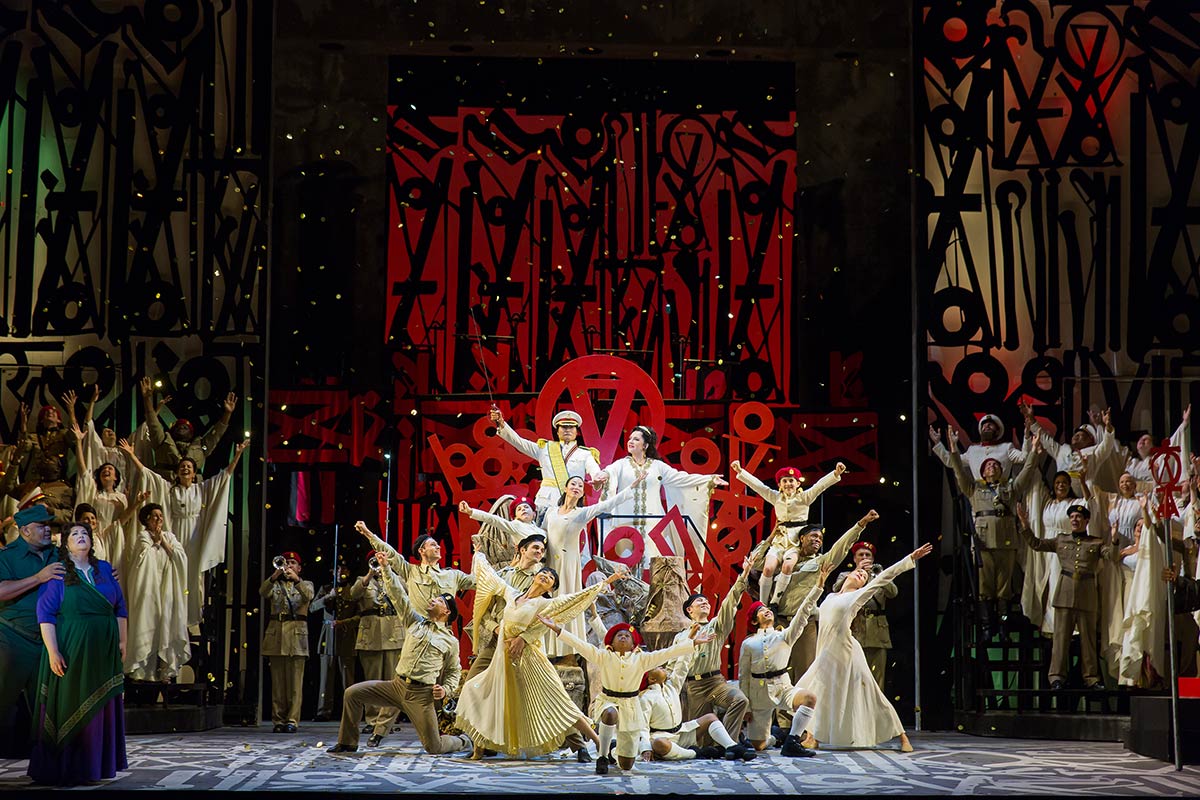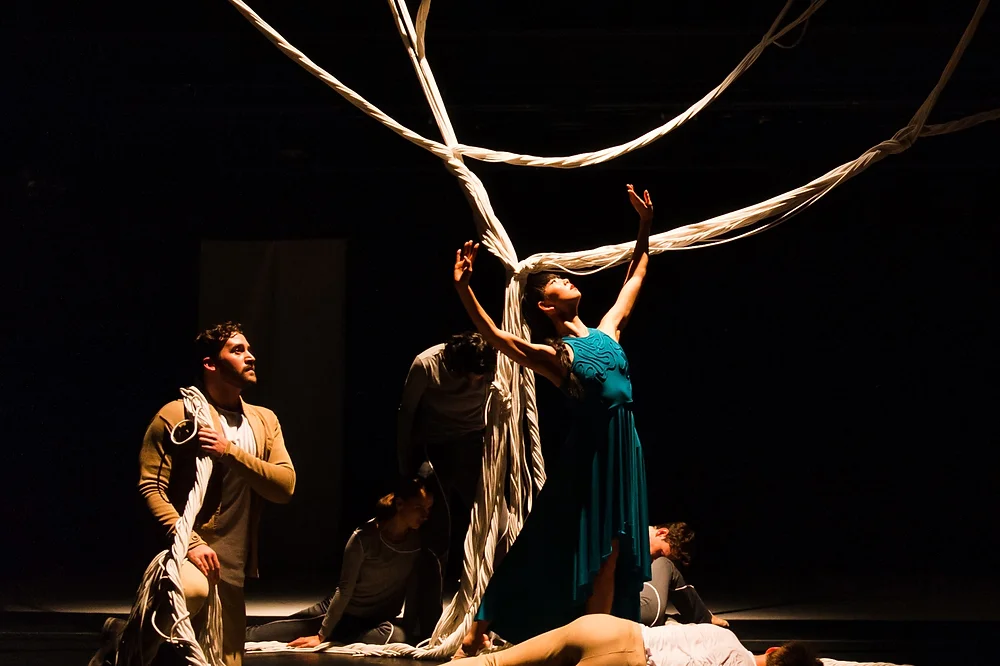Choreographer Profile:
Jessica Lang
In 2016, you choreographed San Francisco Opera’s production of Aida, which was presented at the Washington National Opera, the Seattle Opera, and the LA Opera. Your choreography for this opera will also be performed by the Lyric Opera of Chicago in March of 2024. Tell us about your work for this opera and what we can anticipate from your Lyric Opera debut.
For Lyric Opera of Chicago, I will be revisiting the first version of the choreography that I originally created for San Francisco Opera, however, I am establishing a new role for the female-identifying performer in the Triumphal March. I am thrilled to get to revisit this opera with LOC and have the opportunity to make adjustments to the storyline. We value the opportunity to refine and develop the production with each chance it gets to the stage. It is a powerful production with gorgeous talent that I can’t wait to share with Chicago audiences.
Can you describe the role of dance in Aida? How does your choreography fit into both the story and the actual presentation of the opera?
Our Director Francesca Zambello has a deep appreciation for dance and takes advantage of the dancers in our production to be highlighted not only in the obvious Triumphal March scene, but in unique places like in the Temple Scene and Nile Procession. She also loves to include youth in our productions, helping plant seeds in their young imaginations of life in the performing arts. So, in this production, we have 10 children who are part of the Amnaris Room seen, and part of the Triumphal March too. It is beautiful to watch them flourish in this scale of a production with confidence and excitement. As for the use of dance in the storytelling, the dancers support the gravity and sacredness of the Temple and Nile Scene. And of course, the much anticipated Triumphal March dance is where they take center stage and shine most.
Your previous opera credits include The Wanderer for Jessica Lang Dance and Stabat Mater for Glimmerglass Opera in 2013, presented by the Lincoln Center’s White Light Festival. Can you tell us a bit more about these performances and what originally motivated you to expand into opera?
Francesca Zambello has been instrumental in my work in opera. She has given me most of my opportunities in opera and has inspired me to incorporate opera in my dance productions. She commissioned Stabat Mater for Glimmerglass in 2012 which was her idea to take this oratorio and make it a dance production incorporating the two singers, who originally were Anthony Roth Costanzo and Nadine Sierra. In 2016 she brought me onto the Aida creative team with San Francisco Opera, and we have revived this production at Washington National (where she is Artistic Director), Seattle Opera, LA Opera and now Chicago. We are also currently working together on a new production of Turandot for WNO which will premiere May 11-25, 2024. Kanji Segawa and I will co-choreograph this completely new production with newly commissioned music and libretto for the ending.
I have always been interested in opera and music, and my experience early on as a student at The Juilliard School really allowed me to be surrounded by my classmates’ talents in these art forms. I was inspired to mix with the other art forms and actually the very first piece I created as a student called Left was a duet for 2 dancers and accompanied by the opera student Eric Greene, who vocally improvised. When I was commissioned in 2006 to create for Juilliard’s Centennial Celebration, I included 2 singers on the stage interacting with the dancers. And when I had my company, I used Schubert’s Die Schone Mullerin as the inspiration to create The Wanderer, which had the baritone singer mirroring the part of the lead male dancer. I value and enjoy the diversity of working with talented performers and opera feels like a natural fit for me and my big visions.
How is choreographing for an opera different from creating work for a more traditional dance performance?
Opera simply has more creative teams in the rehearsal room all the time. There are more people steering the production. In ballet or dance, it is generally just the dancers, myself, my assistant and the rehearsal director. In opera, we have that, plus the Director and their assistants and associate directors, the entire stage management and production crew, and, of course, the music staff with Maestro and their team, pianists, music director, chorus director and prompter, etc. There’s also the presence of our General Manager and producers. As for the performers, we have the principal singers, the chorus – which at Lyric Chicago is 100 people – our dancers, our youth performers, and supers. It is an epic experience to work in opera and I love it!
Aida is directed by Francesca Zambello, former General Director of the Glimmerglass Festival and the Artistic Director of the Washington National Opera at the Kennedy Center. A recent studyfound that among the 11 largest American opera companies from 2005 to 2021, men accounted for “95 percent of the conducting credits, 85 percent of directing credits, 88 percent of set-designer credits, 85 percent of lighting-designer credits and 59 percent of costume-designer credits.” Can you address gender equity in opera leadership and your own experiences, especially in comparison to the dance industry?
The statistics of your research are of no surprise to me. I think we might be evolving to a place where companies – and I am not talking just ballet, opera, orchestra, and performing arts, but companies in any field- are having the necessary conversations and taking steps to really do the DEI work. And if that DEI action is genuine – and I really mean action – not just exercising performative gestures and updating language but action that is focused on giving the many talented, capable, ready people their long overdue opportunity to create, lead, and perform – then I believe that is when we see the most successful change happening.





